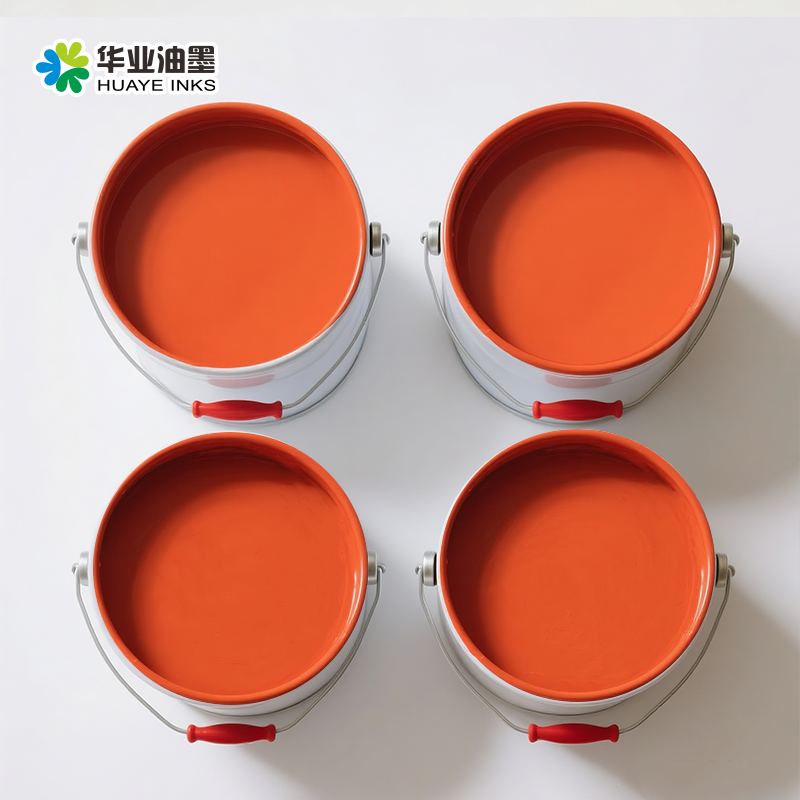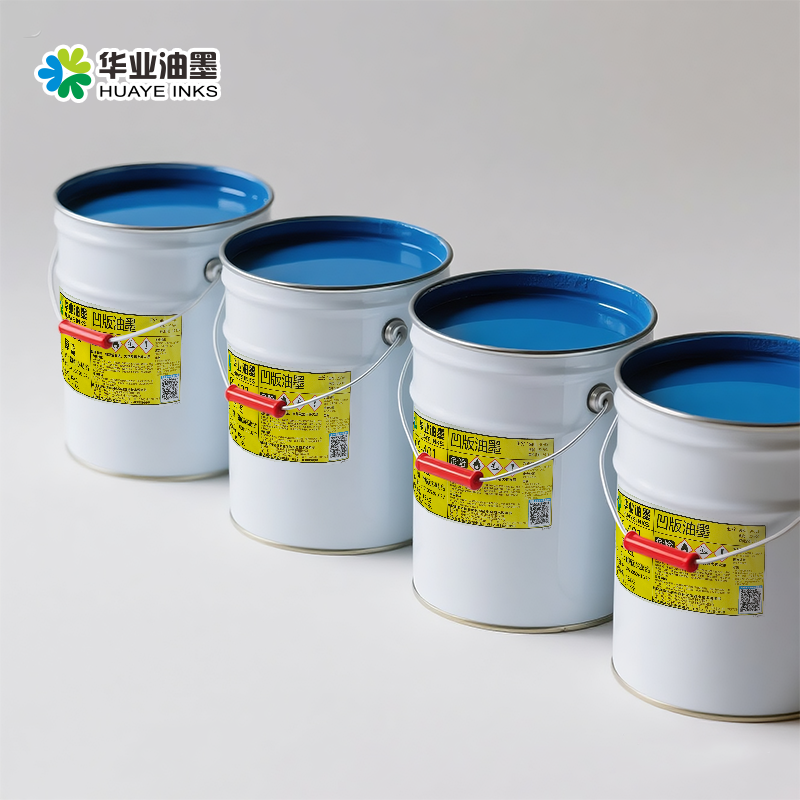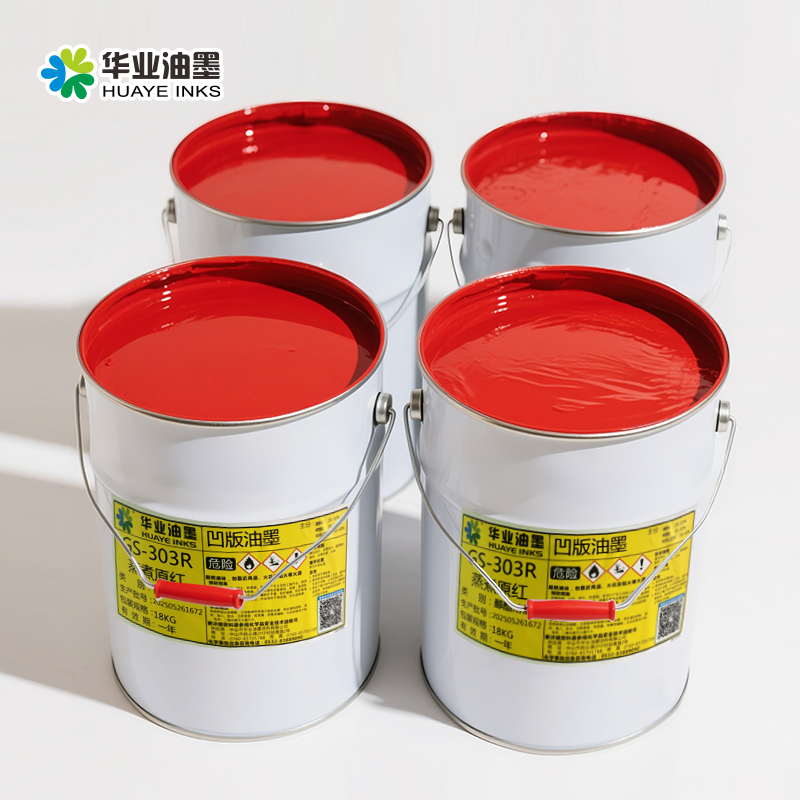고급 잉크는 현대 산업의 지속적으로 변화하는 요구를 충족하기 위해 최첨단 과학 및 기술 개념을 통합한 잉크 혁신의 최전선을 대표합니다. 이러한 잉크는 화학, 재료 과학, 나노기술 등의 분야에서 얻은 전문성을 결합하여 광범위한 연구와 최첨단 기술의 적용을 통해 개발됩니다. 나노기술은 고급 잉크 개발의 핵심 요소입니다. 나노 크기의 입자를 포함시킴으로써, 예를 들어 나노 색소와 나노 필러를 사용하면 고급 잉크는 성능이 향상됩니다. 나노 색소는 더 뛰어난 색상 강도와 분산력을 제공하여 인쇄 결과물에서 더욱 생생하고 일관된 색상을 구현하며, 더 작은 입자 크기는 빛 산란 특성을 개선하여 색상 유지력이 향상되고 퇴색 위험이 줄어듭니다. 나노 필러는 특정 응용 분야에 따라 잉크의 물리적 특성을 수정하는 데 사용될 수 있습니다. 이를 통해 경도, 내마모성, 유연성이 증가할 수 있습니다. 스마트 소재는 고급 잉크의 또 다른 측면입니다. 일부 고급 잉크는 온도, 빛 또는 화학 물질과 같은 외부 자극에 반응하도록 설계되었습니다. 예를 들어, 온도 변화에 따라 색상이 변하는 열변형 잉크는 위조 방지, 제품 온도 표시 또는 상호 작용 가능한 포장에 사용될 수 있습니다. 광변형 잉크는 다양한 파장의 빛에 노출되었을 때 색상이 변하며, 이는 인쇄와 장식에서 창의적인 가능성을 제공합니다. 고급 잉크는 또한 잉크-기판 상호작용을 개선하는 데 중점을 둡니다. 선진 표면 수정 기술은 종이와 플라스틱 같은 전통적인 재료뿐만 아니라 유연 전자나 3D 인쇄 물체와 같은 새로운 기판에도 잘 부착하는 잉크를 개발하는 데 사용됩니다. 이러한 잉크는 일반적으로 특수 바인더와 접착 촉진제를 포함하여 강하고 내구성이 뛰어난 결합을 보장하며 다양한 표면에서 고품질 인쇄를 가능하게 합니다. 또한, 고급 잉크는 환경 지속 가능성에 대한 고려로 설계되는 경우가 많습니다. 많은 고급 잉크는 전통적인 용매 기반 잉크보다 휘발성 유기화합물(VOC) 배출을 줄이는 수성 또는 UV 경화형입니다. 효율적인 잉크 전달 및 건조 메커니즘을 통해 인쇄 과정에서의 폐기물을 최소화하여 더욱 친환경적인 인쇄 산업에 기여합니다. 고급 잉크는 정밀하고 높은 성능 및 혁신적인 인쇄 솔루션이 필요한 전자, 항공우주, 자동차 및 프리미엄 포장 등 다양한 산업에서 널리 사용됩니다.


